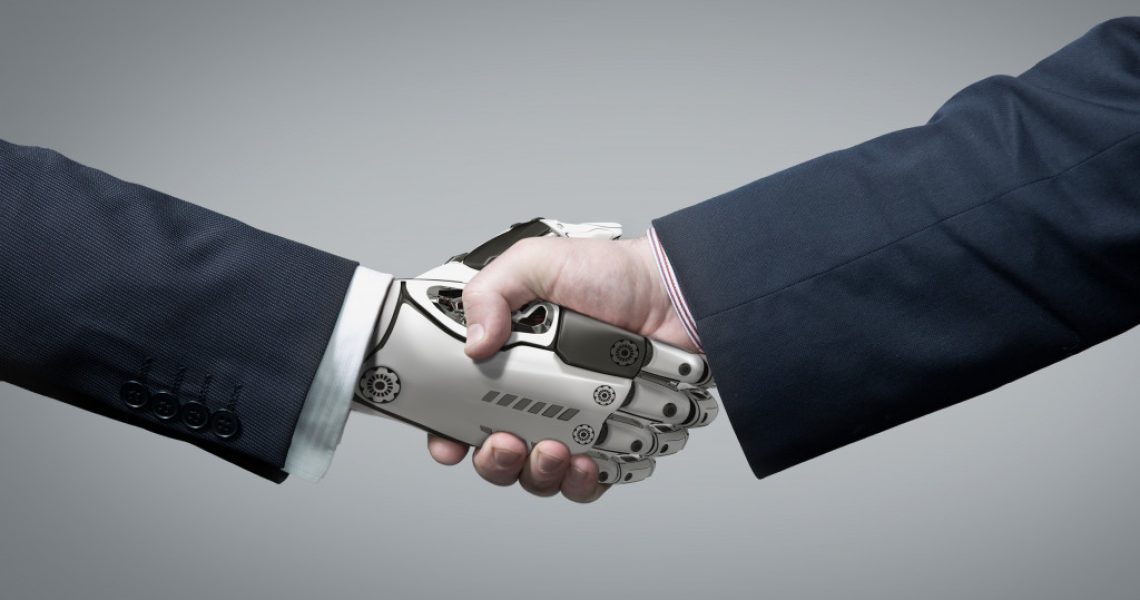Robotics has a long and varied history, with different groups and individuals contributing differently. One of the earliest pioneers in the field was Leonardo da Vinci, who designed and built numerous automatons in the 15th century. These machines were incredibly complex for their time, and many could perform basic tasks such as moving objects or writing.
In the 18th century, French artist Jacques de Vaucanson created several automatons that could even digest food. One of these machines, known as the Duck, could walk, paddle in the water, and eat grain. It was even said that the Duck could defecate, although this has never been confirmed.
The 19th century saw the development of industrial robotics, with early devices being used to automate factory tasks. These robots were typically giant and clunky and were often limited to performing one task repetitively. However, they proved to be incredibly useful in speeding up production lines.
Now robots are more complex than ever. Here are various ways robots can change the world for the better.
Autonomous Vehicles
Logistics is a big industry and one that demands a lot of resources. Factories, businesses, and homes rely on supplies being delivered in a timely and efficient manner. It’s where autonomous vehicles come in.
Self-driving vehicles have the potential to revolutionize the logistics industry. They can travel for long periods without stopping, meaning that they can make deliveries around the clock. This would lead to a significant increase in efficiency and could potentially reduce costs by eliminating the need for human drivers.
Companies could also use autonomous vehicles in other industries such as agriculture and construction. For example, self-driving tractors could be used to plow fields or transport materials from one site to another.

Manufacturing
Manufacturing is another industry that robots are slowly taking over. Many factories now use advanced robotics for their manufacturing process. This has numerous benefits, such as increased efficiency and lower costs. These robots can also work long hours without getting tired, meaning they can produce large quantities of products in a shorter period.
Not only are advanced robotics faster and more efficient than human workers, but they also tend to be more accurate. This is particularly important in industries where products must be made to exact specifications. Additionally, people can use advanced robotics in dangerous or challenging environments.
Healthcare
Robots are also making their way into the healthcare industry. They are being used for tasks such as surgery, physical therapy, and rehabilitation. This is particularly beneficial for patients who need treatment over a long period.
Robots can do all sorts of surgeries, such as cochlear implants, knee replacements, and heart surgery. They are also being used to assist in physical therapy. For example, robots can now help patients rehabilitate after a stroke.
These robots can also diagnose patients. For example, robots are being used to screen for colon cancer. This is important because it can help catch the disease in its early stages when it is easier to treat.
Environmental Cleanup
Many areas of the world are difficult or dangerous to clean up. It’s where robots can be beneficial. Robots can enter these areas and perform the cleanup without putting humans at risk.
One example of this is the Fukushima Daiichi nuclear disaster. The Japanese used robots to clean up the nuclear plant damaged by an earthquake and tsunami. These robots went into the plant and removed radioactive material that was too dangerous for humans to handle.
Another example is the Deepwater Horizon oil spill. Americans used robots to clean up the vast oil spill in the Gulf of Mexico. They helped to contain the spill and prevent it from causing further damage to the environment.
People can also use robots to clean up hazardous waste sites. This is important because it can help to protect workers from being exposed to dangerous materials.
Homecare
Robots have also found their way to the home. They are now being used to assist the elderly and disabled. For example, some robots can help people with dementia or Alzheimer’s disease. These robots can provide companionship and help with activities such as eating and bathing.
Some robots can help people who are physically disabled. For example, there are now robot wheelchair lifts that can help people get in and out of their chairs. Additionally, some robots can help people with mobility issues move around their homes.
These homecare robots can significantly impact the quality of life for those who use them. They can provide much-needed assistance and allow people to live independently for longer.
Robots have the potential to change the world in several ways. They can improve efficiency in many industries, provide assistance to those who need it, and help protect the environment. As technology continues to develop, we will likely see even more impressive applications for robots in the future.

